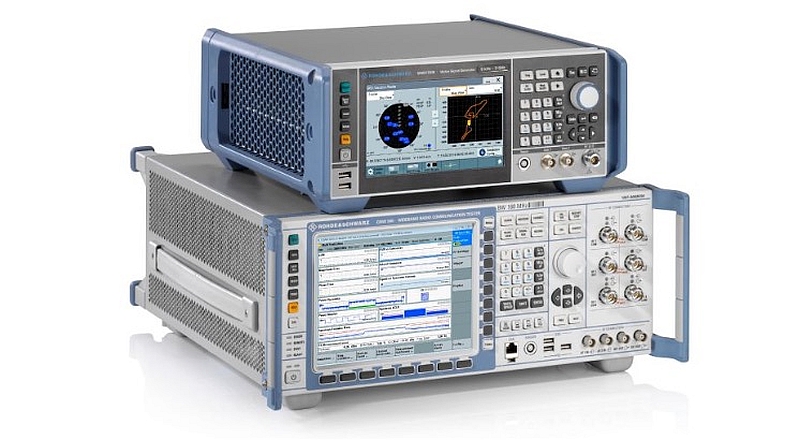- Rohde & Schwarz, in collaboration with Qualcomm Technologies, Inc., will conduct a comprehensive set of tests for NB-IoT over non-terrestrial networks (NTN), to verify two-way Internet of Things (IoT) data across various operating modes via GSO and GEO constellations in line with the 3GPP Release 17 standards.
- At MWC Shanghai 2023, Rohde & Schwarz will offer attendees a live demonstration of the test solution at the company’s booth featuring Qualcomm Technologies’ NTN Release 17 IoT chipsets.
Core features covered by the test set include time and frequency synchronization due to prolonged delay and doppler effect, low signal-to-interference-plus-noise ratio (SINR), power saving mechanisms, satellite ephemerides, and GNSS acquisition, to name just a few.
These tests will serve as a validation tool for Qualcomm Technologies’ latest NTN chips, the Qualcomm® 212S and Qualcomm® 9205S. With the help of the R&S CMW500 Protocol Testing Framework scenarios and the R&S CMW 3GPP Release 17 NTN IoT protocol enabler on a single R&S CMW500 wideband radio communication tester, engineers are able to assess their NTN NB-IoT devices powered by Qualcomm Technologies’ NTN chips under realistic conditions. The R&S CMW500 wideband radio communication tester emulates GSO and GEO satellite base stations in combination with the R&S SMBV100B, which generates the GNSS signals. By establishing a real-time, comprehensive connection with the simulated GSO/GEO satellite network, engineers can test relevant signaling and RF scenarios according to 3GPP Release 17 specifications.
Innovators like Qualcomm Technologies are leading the way to make Internet of Things (IoT) applications via satellite connectivity a reality by integrating satellite connectivity options into Low Power Wide Area (LPWA) chipsets. Non-terrestrial networks are revolutionizing global coverage across land, sea, and air for IoT applications, providing uninterrupted connectivity. Geosynchronous orbit (GSO) and geostationary orbit (GEO) satellites ensure consistent communication, enhancing performance and user experience even in challenging conditions. These advancements are especially vital for the agriculture, maritime, and logistics sectors as well as for asset tracking, which all depend heavily on extensive coverage, acceptable latency, and reliability.
IoT device developers must comprehend the distinct aspects of orbits, such as GSO and GEO, as each comes with their unique sets of benefits: Despite their apparent movement, GSO satellites cover higher latitudes like the Earth’s poles, enhancing IoT reach. GEO satellites, fixed in relation to Earth, provide continuous regional coverage, which is ideal for constant IoT connectivity and simplifies antenna design, reducing costs. Therefore, selecting the right orbit is vital for optimizing IoT device performance, connectivity reach, and overall techno-economics.






